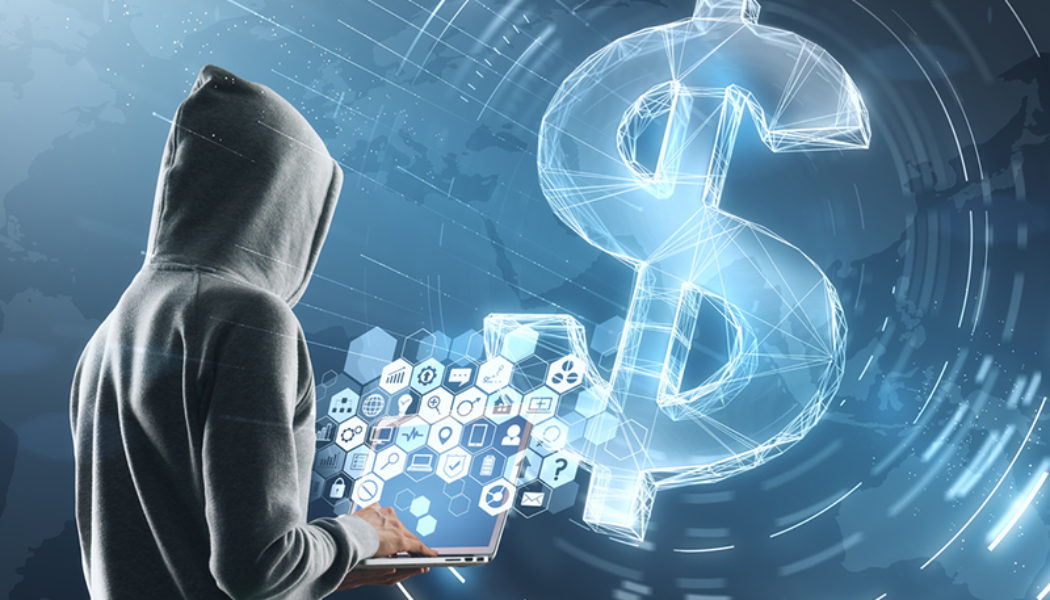Threat actors
Update Your Security Strategy Based on Key Information Learned About Threat Actors, Advises Netskope
The reality of the cyber threats posed today is that many threat actors are not rogue operators acting on their own but are, instead, working as part of sophisticated and organised groups, collaborating with other groups within a wider ecosystem of specialists. These groups build significant financial resources over time, derived from the proceeds of commercially-driven attacks, or gathered as payment from states sponsoring or directly commissioning their activities. This is according to Yaroslav Rosomakho, Field CTO of Netskope, a global cybersecurity leader which is redefining cloud, data, and network security to help organisations apply Zero Trust principles to protect data. He explains: “Threat actors use these resources to improve their subsequent attacks, paying for infrastructure or...
Awareness and Training Are Key in Defending Your Company from Blended Cyber-Threats
Image sourced from Finance Times. While blended cybersecurity threats are not new, they are fairly sophisticated and multi-staged in nature, meaning that they are difficult to protect against and can pose a considerable threat to organisations’ IT environments. A blended threat typically uses and exploits multiple vulnerabilities in an attack chain, says Brian Pinnock, Senior Director of Sales Engineering (EMEA) at Mimecast, adding that the severity of a blended threat will depend on the specific vulnerabilities that are targeted. “For example, a threat actor or cybercriminal will launch a phishing campaign against an organisation by sending emails with infected links that redirect to malicious websites. When a user clicks on these links, they could download a piece of malware like a Troja...
Recent Increases in Cyberattacks Could Be Due to Leaked Cyber “Superweapons”
Sourced from Forbes Check Point Research (CPR), the Threat Intelligence arm of Check Point Software Technologies Ltd., a leading provider of cybersecurity solutions globally, warns of a further increase in cyberattacks and thinks it could be partly down to major powers leaking, what they refer to as, ‘cyber superweapons’. “We have long warned that organisations of all sizes are being bombarded by a global fifth generation of cyber threats (Gen V). These are multi-vector cyber threats that can cause fatal damage and irreparable harm to the reputation of the compromised company,” said Pankaj Bhula, Regional Spokesperson at Check Point Software. “However, most companies are only secured against what we call third-generation threats (Gen III), which are threats that we’ve known about since the...













